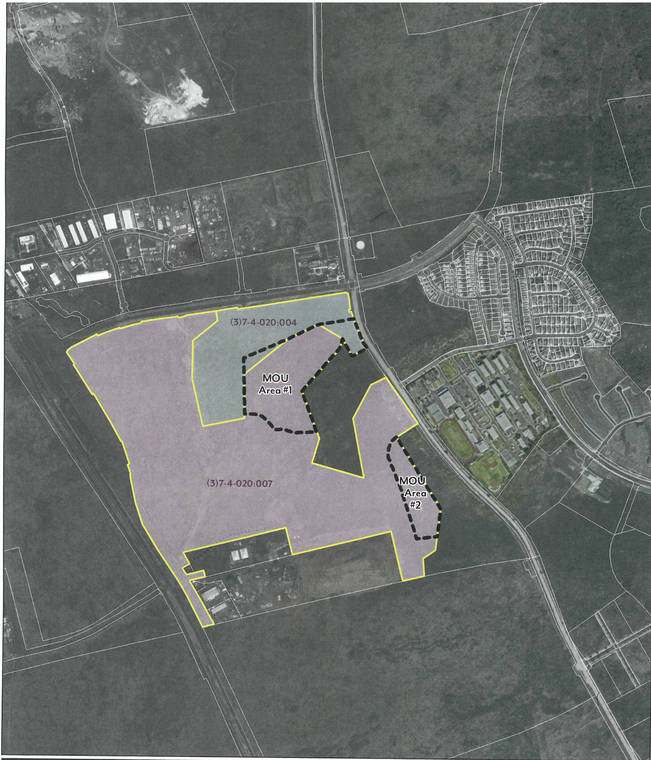KAILUA-KONA — The Office of Environmental Quality Control has received a draft analysis for the county’s planned emergency shelter and an affordable rental project in Kailua-Kona.
That document, which is a draft environmental assessment for the project, is expected to be published in the Thursday edition of The Environmental Notice.
The assessment covers both Kukuiola, the homeless emergency shelter formerly called Village 9, as well as an affordable rental community.
Environmental assessments are used to evaluate whether a proposed project will have a “significant effect” on the surrounding environment.
Plans for the project would put it adjacent to the Kealakehe Regional Park off Kealakehe Parkway in Kailua-Kona. The project would be in the general area of the West Hawaii Civic Center as well as Kealakehe High School.
In addition to potential ecological impacts on natural resources, those assessments also look at economic, social and cultural impacts as well.
The publication of the draft environmental assessment kicks off a 30-day public comment period, and there are also plans for a public meeting in West Hawaii.
Sharon Hirota, Mayor Harry Kim’s executive assistant assigned to homelessness, said that meeting is scheduled for 5:30 p.m. Aug. 14 at the West Hawaii Civic Center.
“It’s certainly been a community effort in convening the head stakeholders in the community so that they could share their ideas about what this community should look like,” Hirota said. “And so the draft EA will be posted, people will be able to comment, and hopefully we can move forward if it’s something that is accepted by the community.”
The details of what’s in the project’s environmental assessment will be made public when The Environmental Notice comes out later this week. The project could be key in helping to support those in the region who are experiencing homelessness.
The 2019 Point-In-Time count, conducted in January, tallied 690 people experiencing homeless on Hawaii Island. The count asks where a person slept on a given date, Jan. 22 in the case of the 2019 survey.
“What we see based on the data in our Homeless Management Information System is there is a number of single individuals who are experiencing homelessness,” Hirota said. “And all of our shelters are, at any given point, at full capacity.”
The first phase of the effort includes 20-30 emergency shelter housing units to be constructed along with an assessment center.
Future phases would allow for another 60-90 emergency units in clusters, and there are preliminary plans for a mini-mart to serve as part a job and/or financial counseling program.
The permanent supportive housing component will go on the southern part of the area below the emergency housing with roughly 12.7 acres that can be developed with an approximate density of 20 units per acre.



